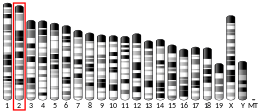
Obestatin is a hormone that is produced in specialized epithelial cells of the stomach and small intestine of several animals including humans. Obestatin was originally identified as an anorectic peptide, but its effect on food intake remains controversial.

Apelin is a peptide that in humans is encoded by the APLN gene. Apelin is one of two endogenous ligands for the G-protein-coupled APJ receptor that is expressed at the surface of some cell types. It is widely expressed in various organs such as the heart, lung, kidney, liver, adipose tissue, gastrointestinal tract, brain, adrenal glands, endothelium, and human plasma.
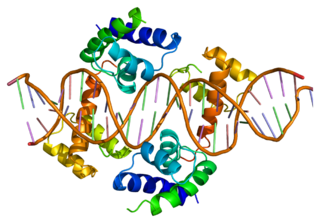
POU domain, class 1, transcription factor 1 , also known as POU1F1, is a transcription factor for growth hormone.

The gastric inhibitory polypeptide receptor (GIP-R), also known as the glucose-dependent insulinotropic polypeptide receptor, is a protein that in humans is encoded by the GIPR gene. GIP-R is a member of the 7-transmembrane protein family, a class of G protein coupled receptors. GIP-R is found on beta-cells in the pancreas where it serves as the receptor for the hormone Gastric inhibitory polypeptide (GIP).

Homeobox expressed in ES cells 1, also known as homeobox protein ANF, is a homeobox protein that in humans is encoded by the HESX1 gene.
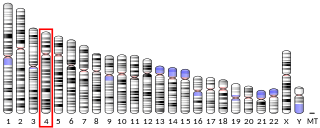
Gonadotropin-releasing hormone receptor is a protein that in humans is encoded by the GNRHR gene.
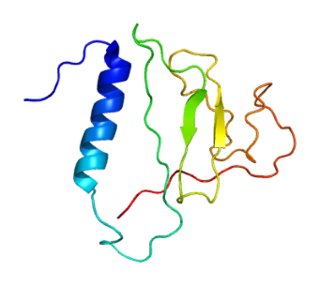
Insulin-like growth factor-binding protein 2 is a protein that in humans is encoded by the IGFBP2 gene.

SCG2, also called secretogranin II , is a protein which in humans is encoded by the SCG2 gene.

Follitropin subunit beta also known as follicle-stimulating hormone beta subunit (FSH-B) is a protein that in humans is encoded by the FSHB gene. Alternative splicing results in two transcript variants encoding the same protein.

Homeobox protein prophet of PIT-1 is a protein that in humans is encoded by the PROP1 gene.

Tachykinin-3 is a protein that in humans is encoded by the TAC3 gene.

Choriogonadotropin subunit beta variant 2 is a protein that in humans is encoded by the CGB2 gene.

Prolactin-releasing peptide (PrRP) is a peptide hormone that in humans is encoded by the PRLH gene. PrRP stimulates prolactin (PRL) release and regulates the expression of prolactin through binding to the prolactin-releasing peptide receptor (GPR10).
Leptin, serum levels of, also known as LSL, is a human gene.

Inhibin, beta B, also known as INHBB, is a protein which in humans is encoded by the INHBB gene. INHBB is a subunit of both activin and inhibin, two closely related glycoproteins with opposing biological effects.

Glycoprotein hormone alpha-2 is a protein that in humans is encoded by the GPHA2 gene.

The PGPEP1 gene in humans encodes the enzyme Pyroglutamyl-peptidase I.

Thyroid stimulating hormone, beta also known as TSHB is a protein which in humans is encoded by the TSHB gene.
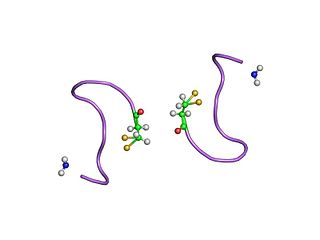
The neurohypophysial hormones form a family of structurally and functionally related peptide hormones. Their representatives in humans are oxytocin and vasopressin. They are named after the location of their release into the blood, the neurohypophysis.

Arginine Vasopressin (AVP) Gene is a gene whose product is proteolytically cleaved to produce vasopressin, neurophysin II, and a glycoprotein called copeptin. AVP and other AVP-like peptides are found in mammals, as well as mollusks, arthropods, nematodes, and other invertebrate species. In humans, AVP is present on chromosome 20 and plays a role in homeostatic regulation. The products of AVP have many functions that include vasoconstriction, regulating the balance of water in the body, and regulating responses to stress. Expression of AVP is regulated by the Transcription Translation Feedback Loop (TTFL), which is an important part of the circadian system that controls the expression of clock genes. AVP has important implications in the medical field as its products have significant roles throughout body.


